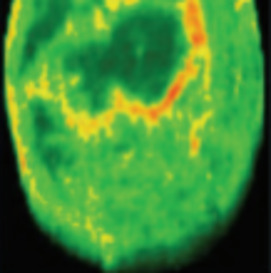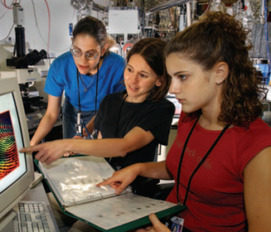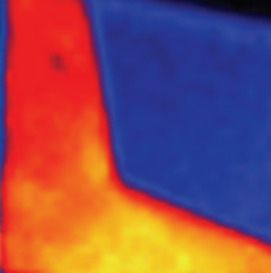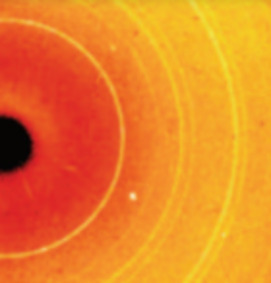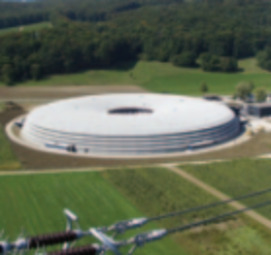New Opportunities at Emerging Facilities
Synchrotron X-ray sources and pulsed neutron sources are getting brighter. This permits new opportunities for scattering, spectroscopy, and imaging studies of Earth materials and processes that were not possible a decade ago. The impact of these latest-generation facilities on Earth sciences research requiring nanometer- to micrometer-scale resolution is growing and will continue to grow as next-generation X-ray and neutron sources become available over the next six years. These facilities will include the world’s first X-ray free-electron lasers in the US (2009) and Europe (2012) and the Spallation Neutron Source at Oak Ridge National Laboratory, USA (2006). In addition, five nanoscale science research centers are under con- struction in the US and will impact the emerging field of nanogeoscience.
New Opportunities at Emerging Facilities Read More »


